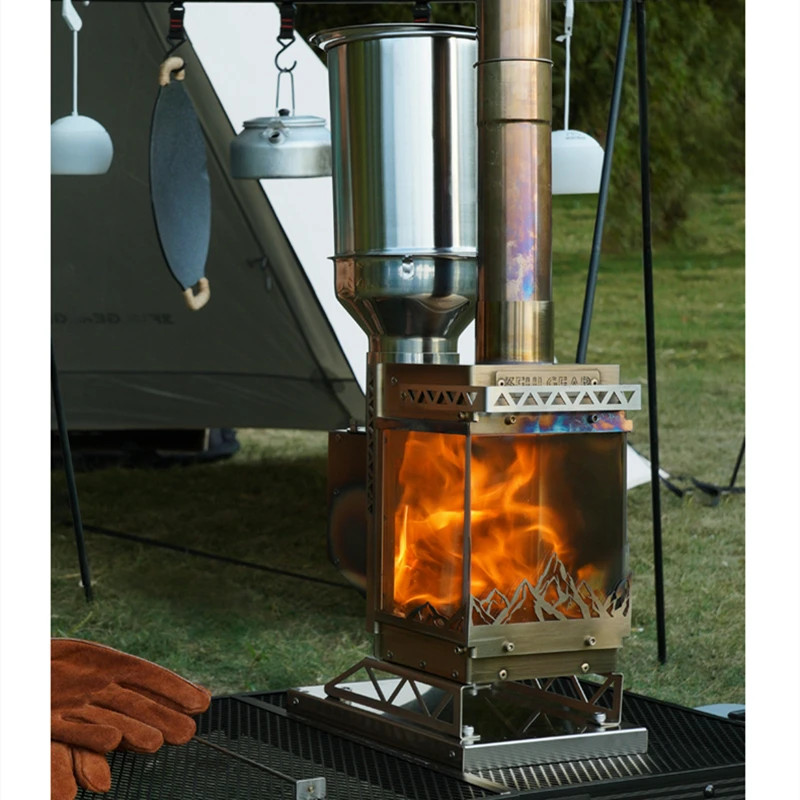
Imagine being able to enjoy the warmth and coziness of a fire while camping, without the need for electricity. Non-electric camping pellet stoves offer a convenient and efficient solution for heating and cooking in outdoor settings. In this article, we will explore the inner workings of these innovative stoves and how they utilize natural mechanisms to feed pellets automatically, providing a continuous source of heat without the reliance on electrical power.
Non-electric camping pellet stoves are designed to operate without electricity, making them ideal for off-grid adventures. These stoves utilize small, compressed wood pellets as fuel, which are stored in a hopper attached to the stove. The hopper feeds the pellets into a burn pot or combustion chamber, where the magic happens.
The ingenious design of non-electric camping pellet stoves allows for automatic feeding of pellets, eliminating the need for constant manual intervention. As the stove is ignited, a small amount of pellets is released into the burn pot. The fire consumes these pellets, generating heat and initiating the airflow process.
Non-electric camping pellet stoves rely on the force of gravity and natural convection to feed the pellets. As the pellets in the burn pot burn, they create a draft of hot air that draws more pellets from the hopper into the combustion chamber. This continuous cycle ensures a steady supply of pellets without the need for electrical assistance.
Airflow is a crucial element in the functioning of non-electric camping pellet stoves. As the pellets burn, the hot air rises, creating a natural updraft. This updraft draws in cool air from the surroundings, which carries the pellets from the hopper into the burn pot. The air also provides oxygen for efficient combustion, ensuring a clean and efficient burn.
Non-electric camping pellet stoves offer several advantages for outdoor enthusiasts. Firstly, their automatic feeding mechanism eliminates the need for constant manual attention, allowing campers to relax and enjoy the warmth. Secondly, the absence of electrical requirements makes these stoves versatile and suitable for remote locations where power may not be readily available. Lastly, the use of wood pellets as fuel is environmentally friendly, as they are a renewable energy source.
